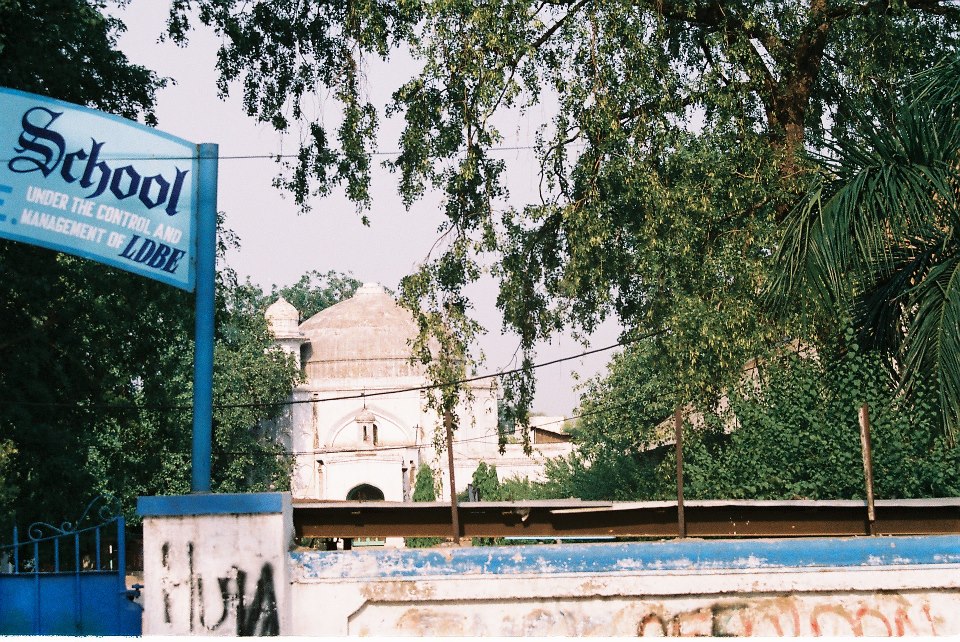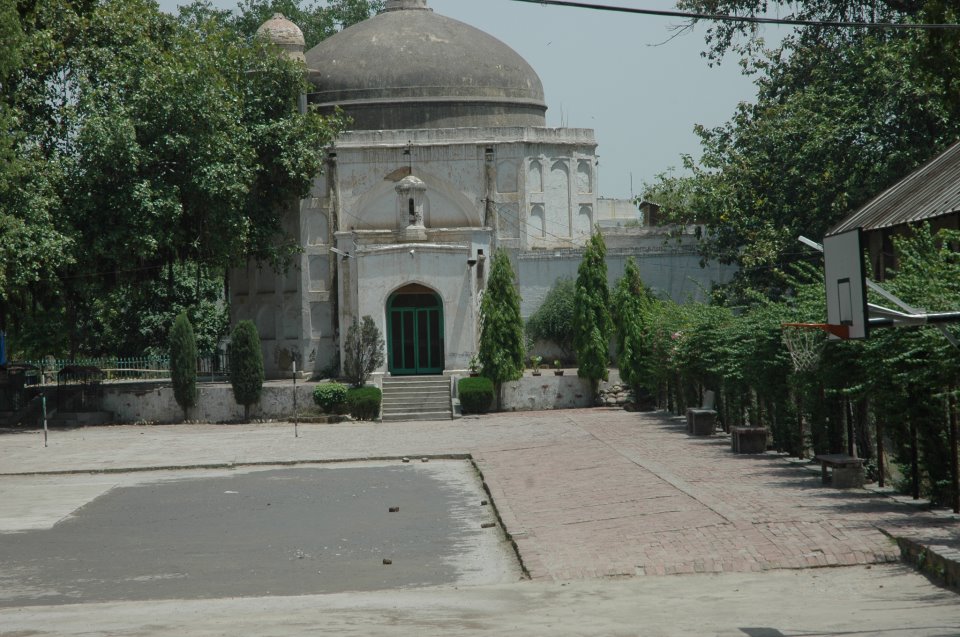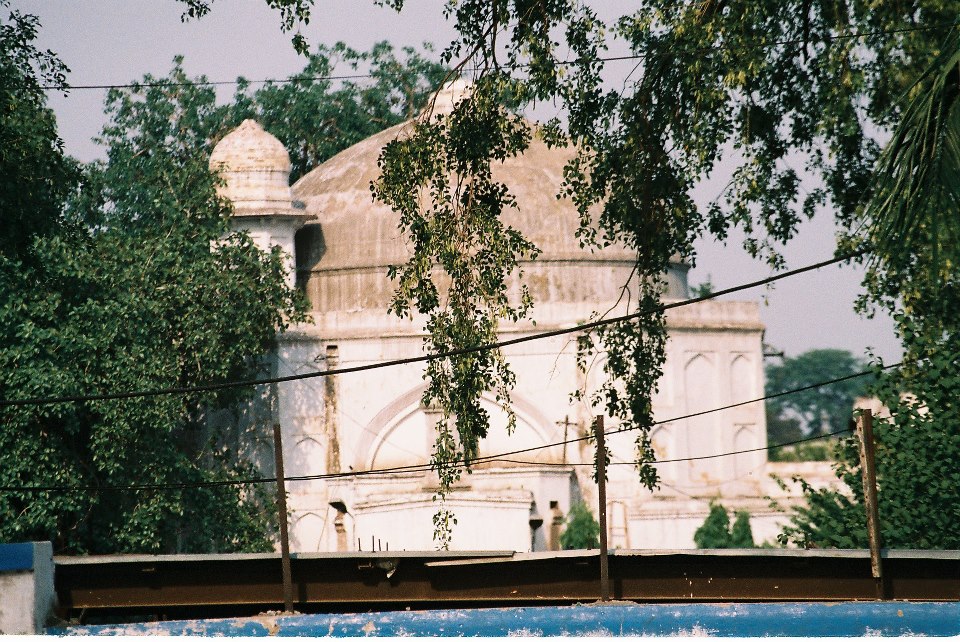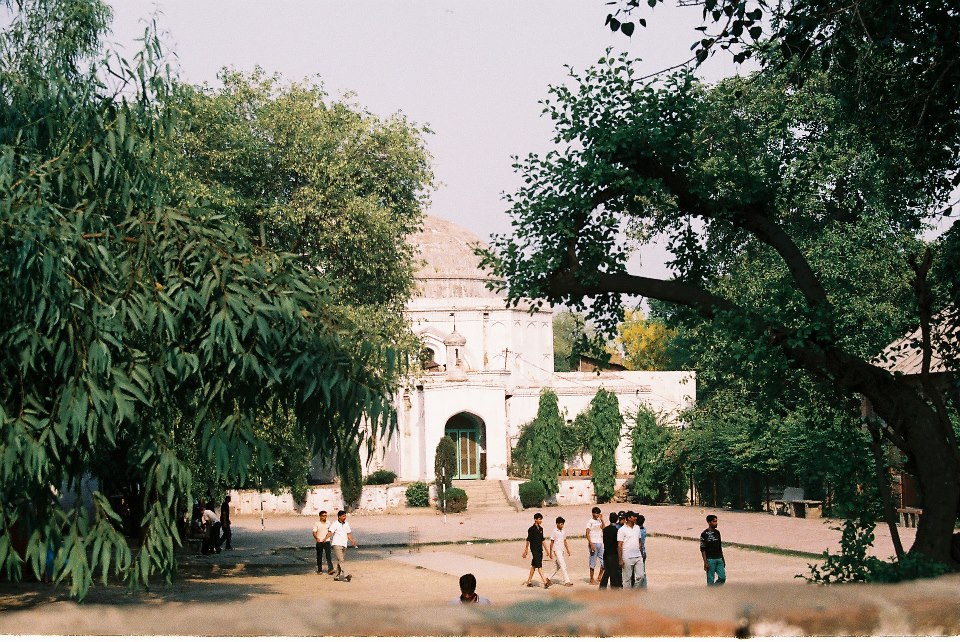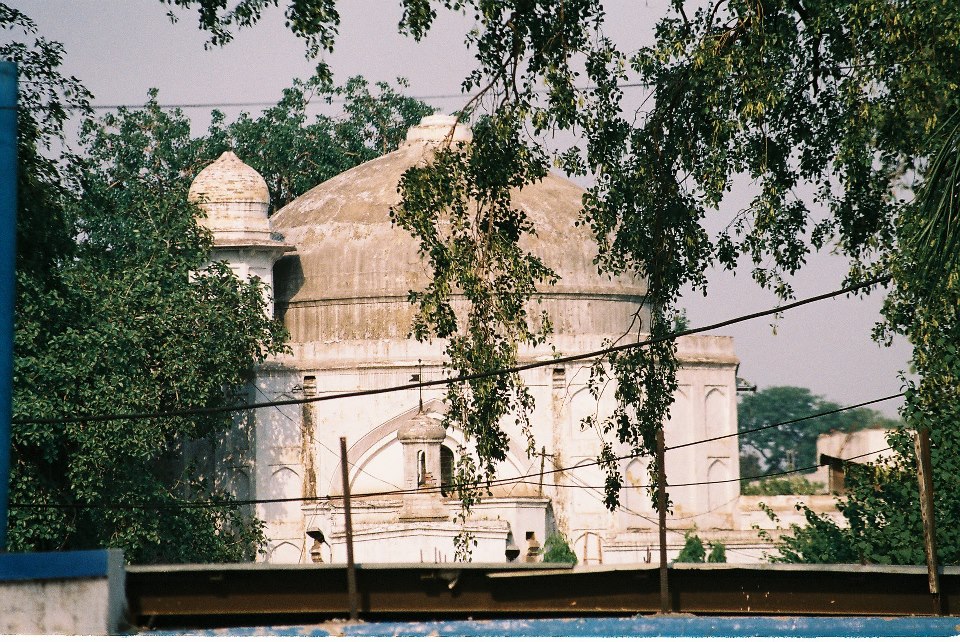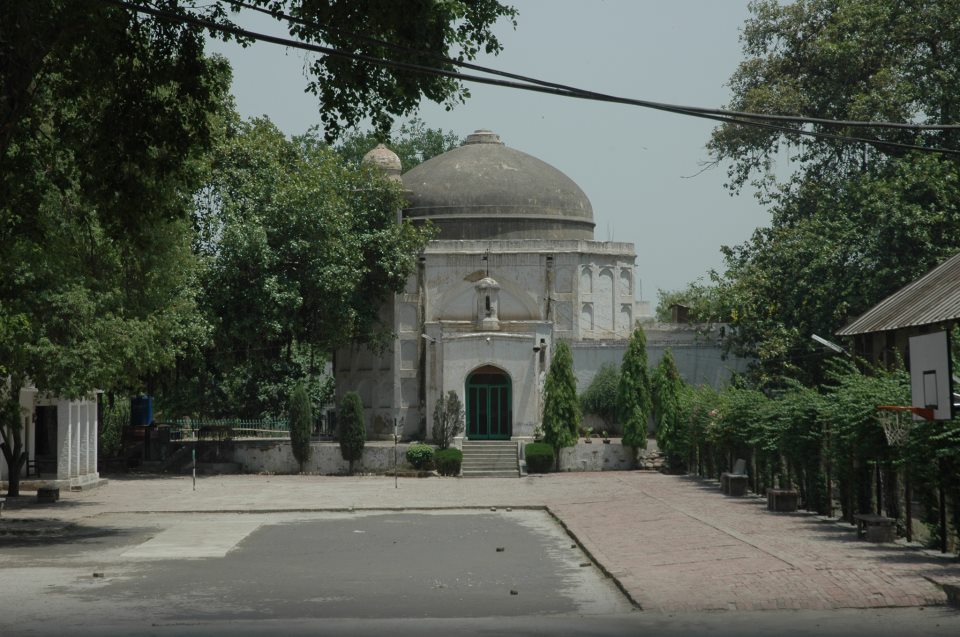
Mudassar Bashir
Mullah Mohamed Saleh Kamboh and Sheikh Inayat Ullah were men of letters in the era of King Shahjehan. They were great writers of their times. Their writings are considered to be among the most well written Persian prose of the time. Sheikh Inayat Ullah wrote world famous Tareekh-e-Dilkusha , Bahar-e-Danish and Insha-e-Ashraf-us-Sahaif and also worked as Royal munshi (Accountant/Scribe). Mohamed Saleh Kamboh wrote the great biography of Shahjahan, Amal e Saleh (Shahjahan Nama). It has a great place in the history books. It has been translated from Persian into many other languages. In this book, he has written about Mughal court and the biography covers the whole life of King Shahjahan’s from his childhood to death
Let us now take a look at the relationship between Mullah Muhammad
Saleh Kamboh and Sheikh Inayatullah. A section of historians calls
Kamboh, Sheikh's son in law; another, his brother in law. A little deliberation of the two’s careers would suggest that the brothers-in-law account appears more plausible. The one thing we know for sure is that Muhammad Saleh Kamboh learnt and perfected his writer's craft entirely from Sheikh Inayatullah. Sheikh Inayat enjoyed a high status in the Mughal court. Through him, Mullah Muhammad Saleh Kamboh, too, got a high position in the court. Sheikh Inayat passed away in the year 1025 AH (1665 AD). After his death, Mullah Muhammad Saleh himself built his tomb. Having been built at great expense, the mausoleum was one of the glorious buildings of the period. Muhammad Saleh Kamboh had risen to
be the diwan (collector) of Lahore. He also built a beautiful mosque
inside Mochi Gate that bears his name to this day. The following
verse, inscribed above the main entrance to the mosque, was visible
for a long time after the Partition:
بانی این مسجد زیبا نگار
بنده آل محمد صالح است
(The founder of this pretty bride of a mosque,
is Saleh, a slave to Muhammad's (pbuh) family.)
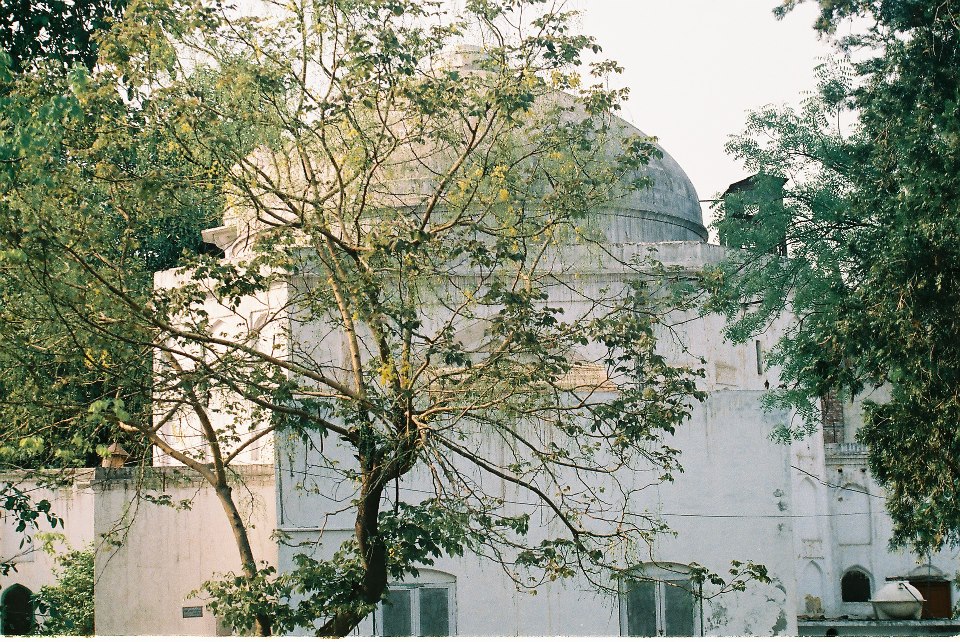
Mullah Mohammed Saleh was a great calligrapher. He created beautiful calligraphy on several buildings of his time. After his death, he was buried in the mausoleum of Sheikh Inayatullah. Some other members of his family are also buried in the mausoleum, and for a long time the place was called Gumbad Kambohan. There is a lot of variation in the dates of his death recorded by different historians. According to Noor Ahmed Chisti it is 1085 A.H, Kanhaya Lal Hindi wrote it was 1080 A.H. , and the date recorded by Syed Mohammad Latif is 1085 A.H. In the Lahore number of Naqoosh , this subject was discussed at length and a time later than 1120 A.H. was considered more likely.(p967)
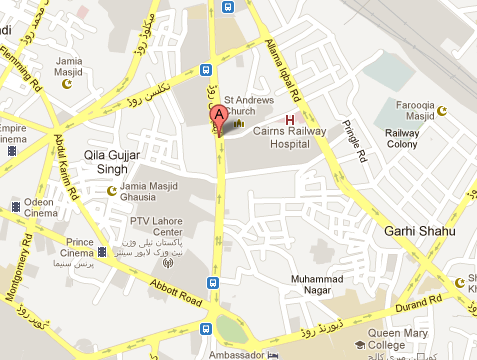
Details of the building
Mullah Muhammad Saleh Kamboh was buried next to his teacher Shaikh Inayatullah in the same mausoleum, which became famous as ‘Gumbad-e-Kambohan’ literally meaning Kamboh’s tomb. Most known historians place this building next to Ali Rangrez’s mausoleum. Presently both these buildings are on Empress Road close to Railway Headquarters. To further elaborate Mullah Muhammad Saleh Kamboh’s link with this mausoleum I will cite from the above mentioned books.
- Author Maulvi Noor Ahmad Chishti, Book: Tehqiqat-e-Chishti
Chapter: ‘Haal Maqbara Mullah Muhammad Saleh Kamboh, Shaikh Inayatullah’ (Mullah Muhammad Saleh Kamboh and Shaikh Inayatullah’s Mausoleum)
On a small hillock, to the north of Hazrat Ali Rangrez’s place of residence, lies Gumbud Kambohan. It is a black hexagon shaped buidling. The edifice is made up of limestone that has wooden doors with small awnings on all sides. It looks very much like a ‘bara dari’. On the eastern side of this are stairs that lead you to the first floor. It is not known how many graves actually lie here. At the moment, it has doors with elliptical arches and is a ‘Baradari’ in structure.
- Tarikh Lahore by Kanhayya Lal Hindi
Title: The tomb of Mohammad Saleh and Sheikh Inayat Ullah
On this tomb, over the two graves, a magnificent dome has been built. During the times of the Sikhs, two hard brick graves with red coloured mounds were demolished, but the old brick building of the mausoleum was spared. This was used as storage magazine for gunpowder. During the times of the British, Mr. Seymour Bahadur converted this into a residence. This is shaped like a hexagon. On four sides there are tall arched openings (datan). Towards the South is a staircase leading upwards. Near this dome is another tall dome where the offspring of these two are buried. This has been converted into a kitchen; and lower down a dome has been converted into a carriage parking area.
3. Bhole Nath Waris writes thus in Tareekh e Lahore: ‘There was a maulvi during the times of Shahjahan who wrote a famous history called Amal e Saleh (Shah Jahan Nama). He constructed a mosque inside Mochi Gated, called Cheeni Masjid. Inayat Ullah was the brother of Mohammad Saleh who wrote ‘Bahar e Danish’, the famous book in Persian. The graves of both of them were on the Empress Road. The dome now a days has been converted into a church’.
4. Syed Mohammad Latif, Tareekh e Lahore, p 208:
‘Towards the north of the tomb of Ali Rangrez, along side the eastern road, that leads to the Railway Station, with the New Vicotria Hotel nearby, there is a tall dome which is known by the name of Gumbad Kambohan. It has two graves. One of them belongs to Mohammad Saleh Kmaboh who built the Chinianwali Mosque inside the Mochi Gate and the other one to his elder brother, Sheikh Inayat Ullah’
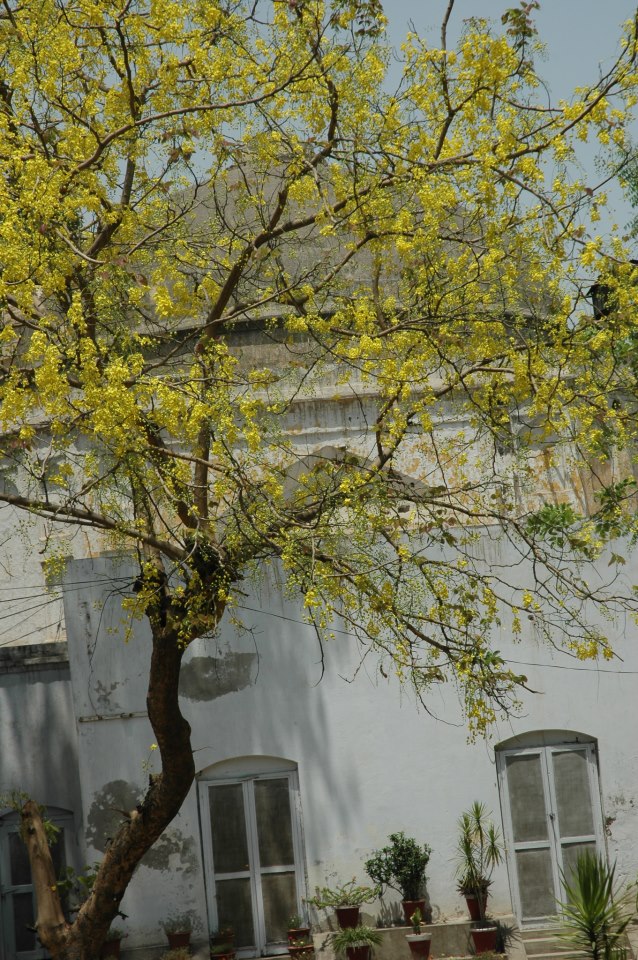
Shah Jahan Nama was translated into Urdu by Mumtaz Liaqat, in which he writes:
5. Title: The biography of Mohammad Saleh Kmaboh
‘This gifted writer died in 1664 AD, (1075 AH). He died in Lahore and was buried here. The mausoleum over his grave was built by Mullah Mohammad Saleh Kamboh. When Mullah Mohammad Saleh Kamboh died, he was buried in the mausoleum of his elder, alongside Sheikh Inayat Ullah. This mausoleum is on the Empress Road, near the Railway Headquarters and is called Gumbad Kmabohan.
Similarly, there is a long discussion in the Naqoosh, Lahore Number (p962), on the life of Mullah Mohammad Saleh Kamboh. Therein, this mausoleum is said to be on the Empress Road.
All these writings point toward one fact that this mausoleum was built by Mullah Mohammad Saleh Kamboh. It has the graves of his teacher Sheikh Inayat Ullah and his offspring. Its domes have been used at different times as magazines for Ranjit Singh, Seymour’s kitchens, and buggy houses and have been put to various other uses.
At the moment there is church in this building and it also houses the first Christian school established after the Partition. In this enclosure, three magnificent domes are seen which have been white washed. This building of the Mughal era, resembles the tomb of Anarkali and Hazrat Aishan. The administrators of the church and the school say that they have taken an award from the court that the tomb of Mullah Mohammad Saleh Kamboh is in Delhi, therefore the citizens of Lahore, have no claim over this mausoleum.
In view of the lengthy discussions on the subject, even if we accept that this is not the tomb for Mullah Mohammad Saleh Kamboh, this building was certainly not not built by the British Government. These domes, standing tall on a solid foundation, as originally built. The school administration has made offices and classrooms under the bigger dome. Similarly there are classrooms under the two smaller domes.
Empress Road is one of the main roads of Lahore. Thousands of people pass through here every day. Many are not aware of the fact that this building next to the Railway Headquarters, containing the church and school is actually a grand mausoleum. Two great people of their time are buried here. After the Partition no government made an effort to make this mausloeum accessible to common people. The Archives Department also did not bother to give recognition to the people buried in this tomb.
May be the people buried here also think the same way.
